
Join Us at Classic & Sports Cars by the Bridge for a Day of Cars and Charity
We can’t wait to welcome you to the Classic & Sports Cars by the Bridge event at Suffolk Food Hall on Monday, 26th August 2024.


We can’t wait to welcome you to the Classic & Sports Cars by the Bridge event at Suffolk Food Hall on Monday, 26th August 2024.
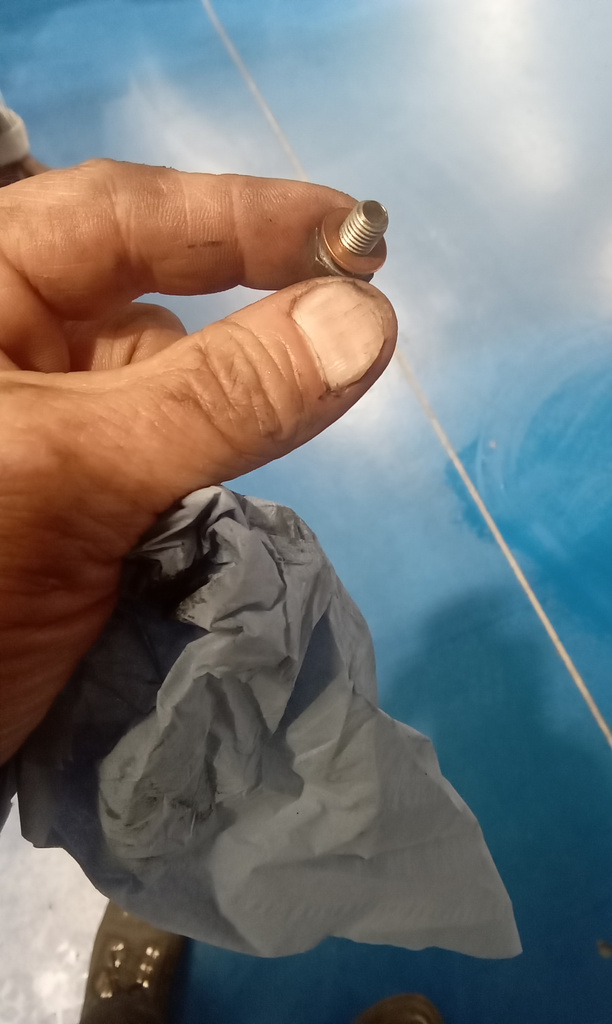
These are Jonn’s notes on the final repairs made to our 1981 Austin Vanden Plas before it goes to its new home tomorrow. Attend to

Jon has continued his work on our 1979 Ferrari 400 GT. Here are his notes: Continue repairs where I left off. Boot release cable. New

Group1, an industry leader in advanced battery technology, has developed the world’s first Potassium-ion battery (KIB) in cylindrical 18650 form. This development looks to be
We can’t wait to welcome you to the Classic & Sports Cars by the Bridge event at Suffolk Food Hall on Monday, 26th August 2024. It’s now less than a week to go until we celebrate all things cars as well as supporting an important cause: raising funds for Cancer Support Suffolk.
From 11 am to 5 pm, you can join us at Suffolk Food Hall to enjoy a wide variety of classic and sports cars. With around 250 cars registered to be displayed, there will be something for everyone, whether you’re a fan of vintage classics or modern sports cars. Even though registration for display cars has closed, there is still plenty of space for you to bring your car to show off in the large parking area (whatever you drive). It’s a great way to be part of the event, whether you’re displaying a car or simply coming to enjoy the day.
At Bridge Classic Cars, we’re proud to be the headline sponsor of this event. Cancer Support Suffolk is a charity that’s close to our hearts, as many of us have personal connections to cancer. We’re committed to raising as much money as possible to help those affected by this disease.
To support the charity and raise as much money as possible, we’re running a special competition where you could win a 1990 Jaguar XJ6 for just £5.00. All proceeds from the ticket sales will go directly to Cancer Support Suffolk.




Events like this are about more than just cars—they’re about coming together as a community to support a good cause. Tickets for adults (16 years and over) are £4 in advance or £5 on the day, with children under 16 admitted for free. It’s a perfect day out for families and car lovers alike.
Book tickets here.
For those displaying cars, you need to arrive between 8:00 am and 10:30 am and keep your vehicle on-site until at least 4:00 pm. There will be prizes awarded by a special guest judge so make sure your car is looking its best!
We want to extend a big thank you to Suffolk Food Hall for hosting this event and to everyone who’s coming out to support Cancer Support Suffolk. Your participation helps make a difference in the lives of those affected by cancer.
We look forward to seeing you at Classic & Sports Cars by the Bridge on Monday, 26th August 2024. It’s going to be a fantastic day of cars, community, and charity.
For more details and to enter the competition to win the Jaguar XJ6, visit our website. Don’t miss this chance to enjoy a great day out and support a worthy cause.
See you there!
These are Jonn’s notes on the final repairs made to our 1981 Austin Vanden Plas before it goes to its new home tomorrow.
Attend to oil leak again. Check oil level. Too high. Drain some oil out and recheck levels. Just under max , ok. Inspect around area as ca4 has not been run so cannot be leaking from lift pump gaskets. Timing chain tensioner directly above lift pump appears wet. Clean area down and remove timing chain tensioner adjuster bolt in centre. Found bolt loose. Clean and replace copper washer and secure. Run and test. Still dry. Take outside and carry out road test. Drives ok. Speedo working.
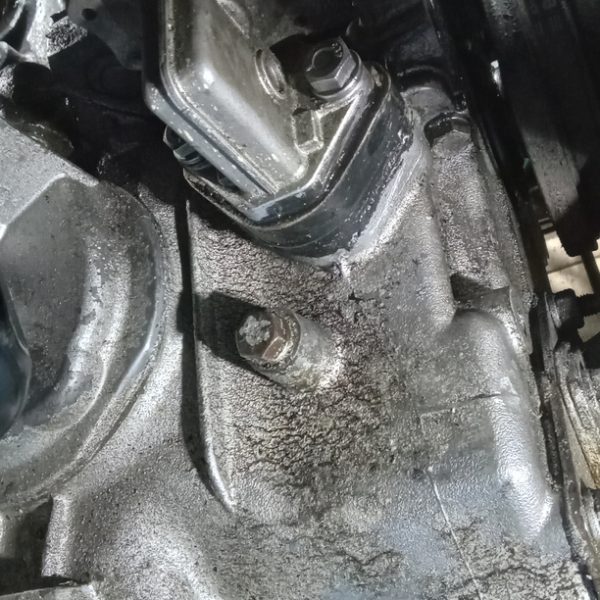
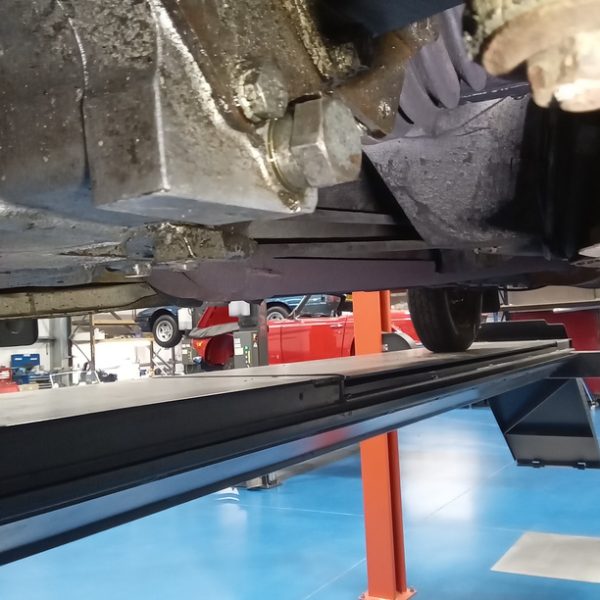
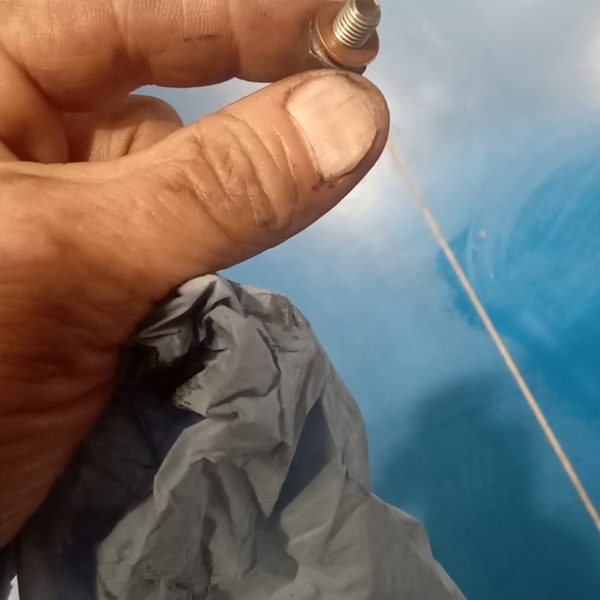
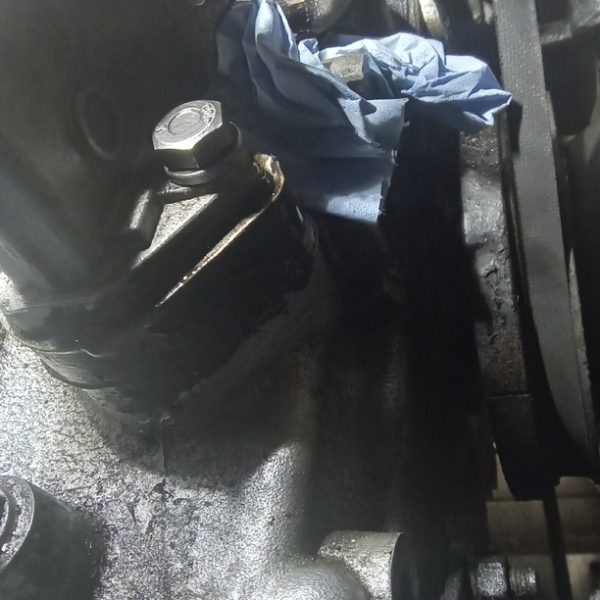

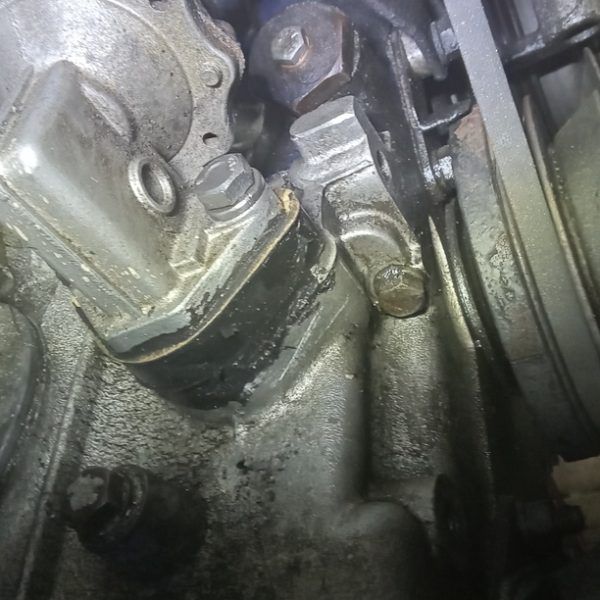
Jon has continued his work on our 1979 Ferrari 400 GT. Here are his notes:
Continue repairs where I left off. Boot release cable. New cable is too short so work out how to join cables at rear. Make bracket to support both cables in boot. Route cables and join at rear.
Not functioning as intended with joined cables at rear. Find new long bowden cable and use inner which will reach to boot lock in old outer cable. Route and mount and join to lock. Adjust and test. Keep adjusting until operates lock.
Finish boot release cable. Adjust and test, ok. Refit boot trims. Restick carpet to offside quarter panel. Resecure boot floor. Tighten connections to boot light, ok. Remove fuel rrturn pipe from filler neck to fuel pump. Fit new pipe and conne t. Fit 2 p clips to chassis to secure pipe. Refit boot carpets. Resecure box with boot and fuel cap release handles next to drivers seat. Hoover out and refit carpet.
Attend to drivers seat runner. Seat base broken. Get captive nut welded to plate to fit inside seat base to secure runner. Tighten runner and refit drivers seat. Investigate door locks not working via key. Lube and eventually get drivers door lock working ok. Strip passengers door and remove handle. Found striker actuator on rear of key barrel broken. Strip and make new piece fron alloy to fit and try.
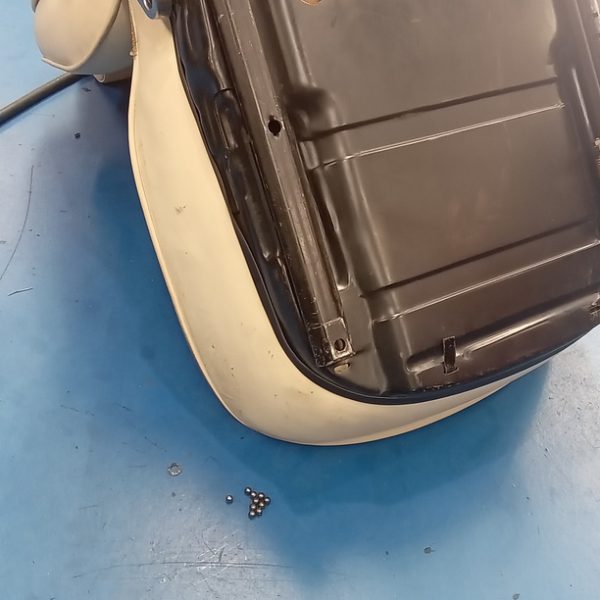
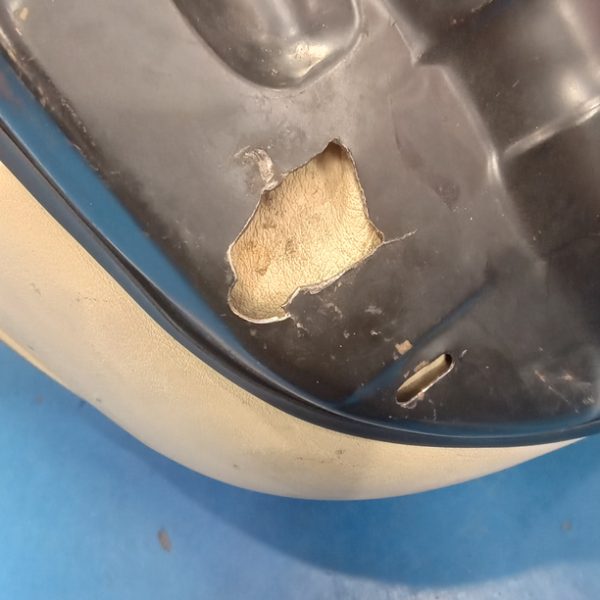

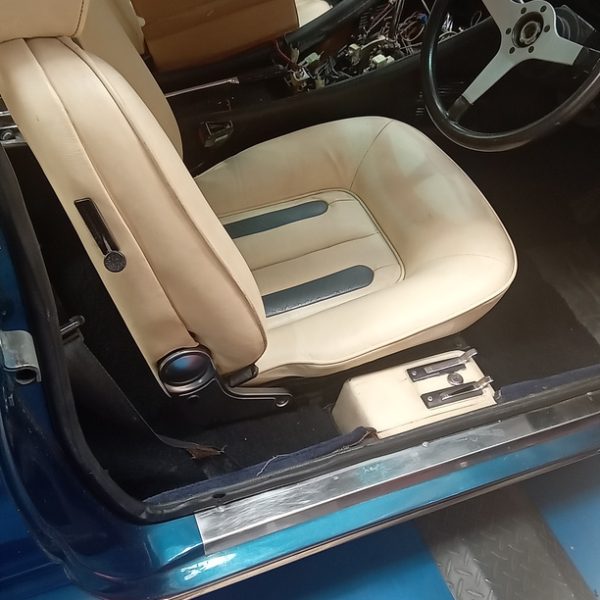
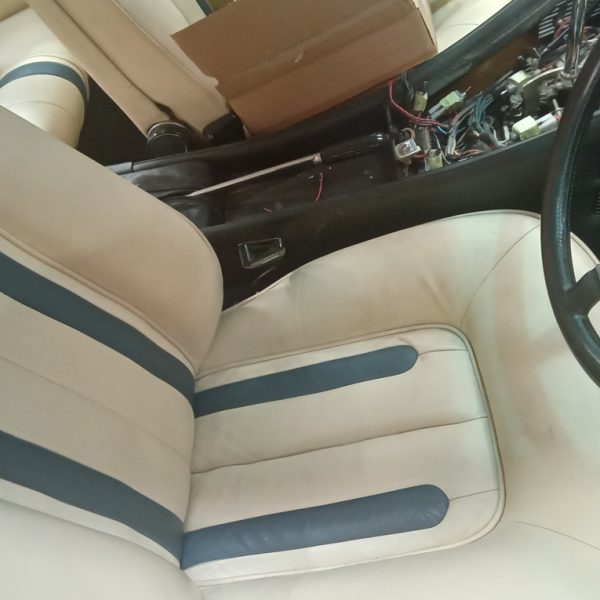
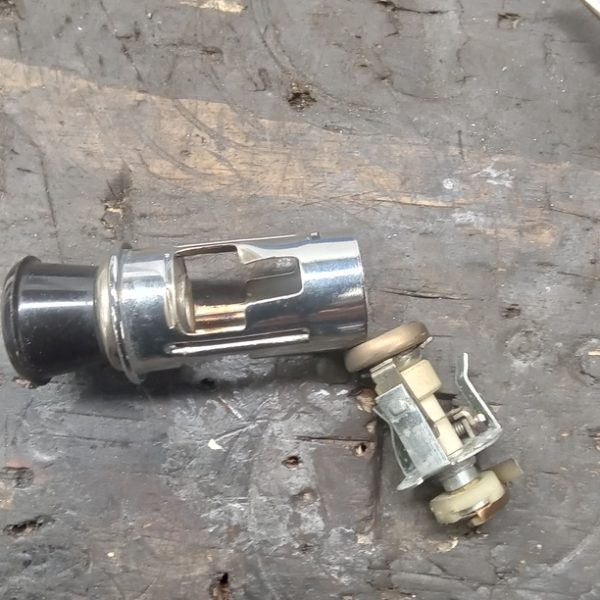
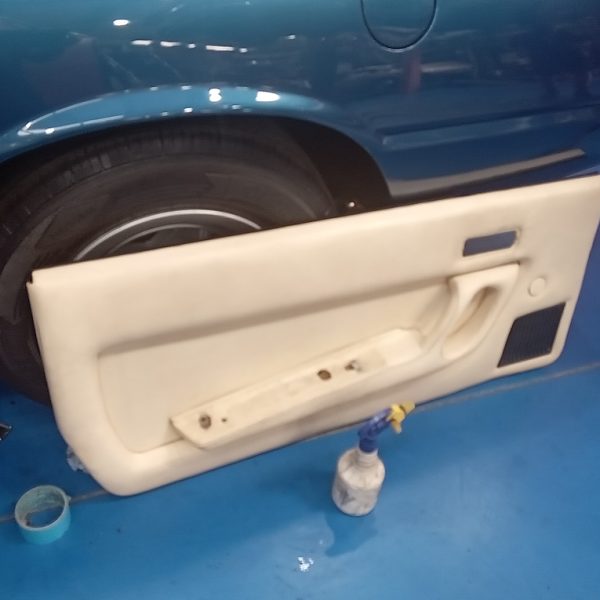


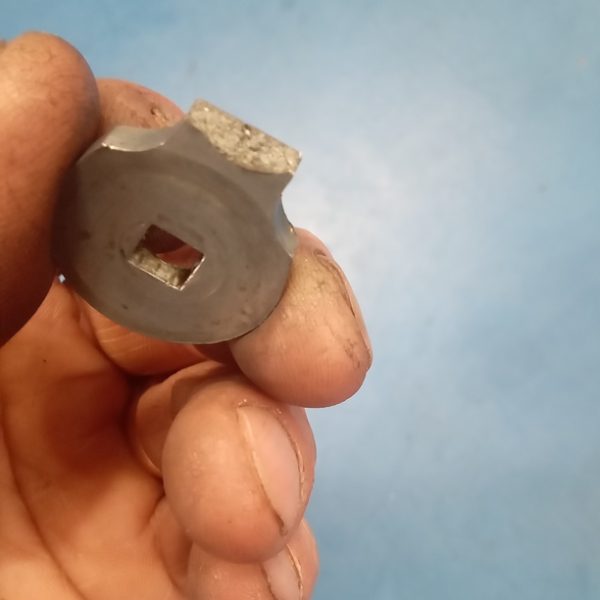
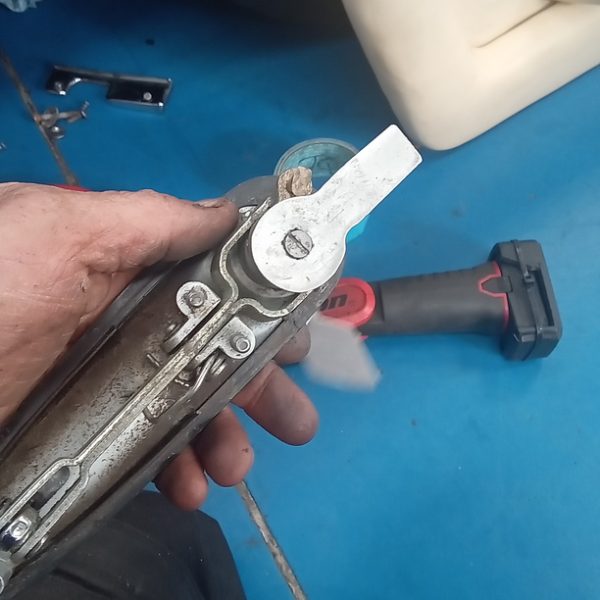

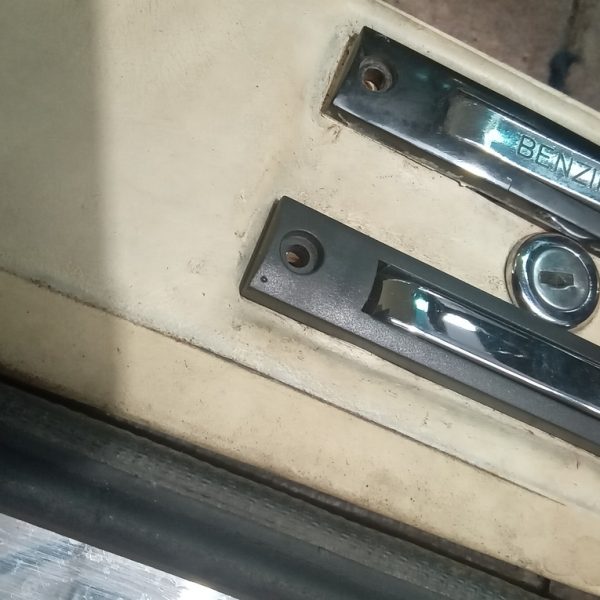


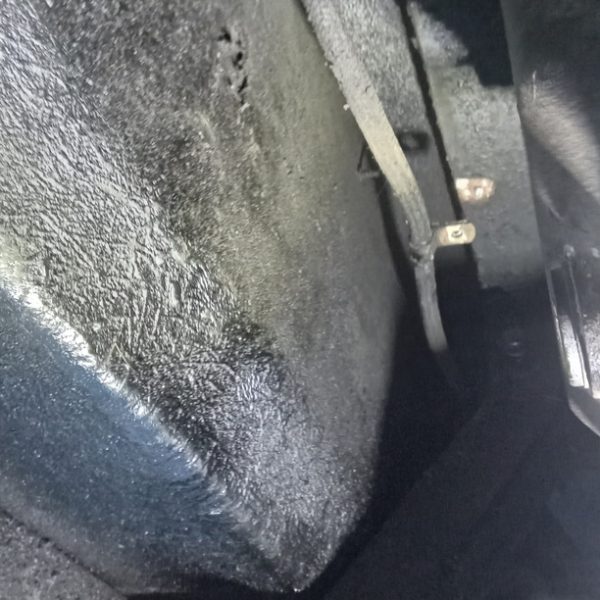
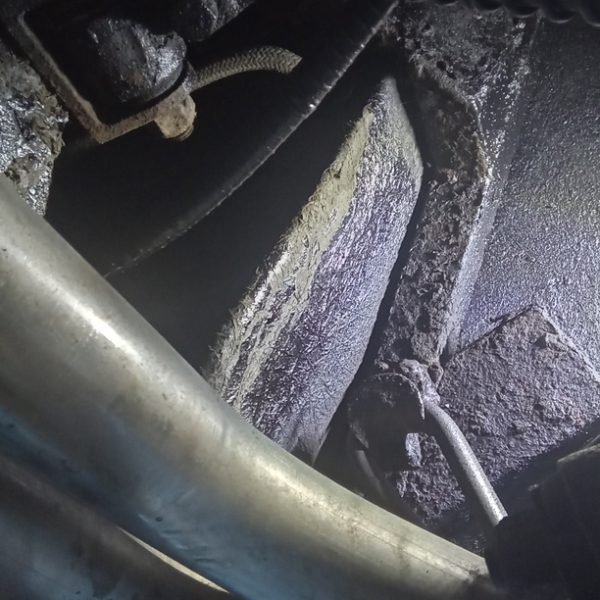


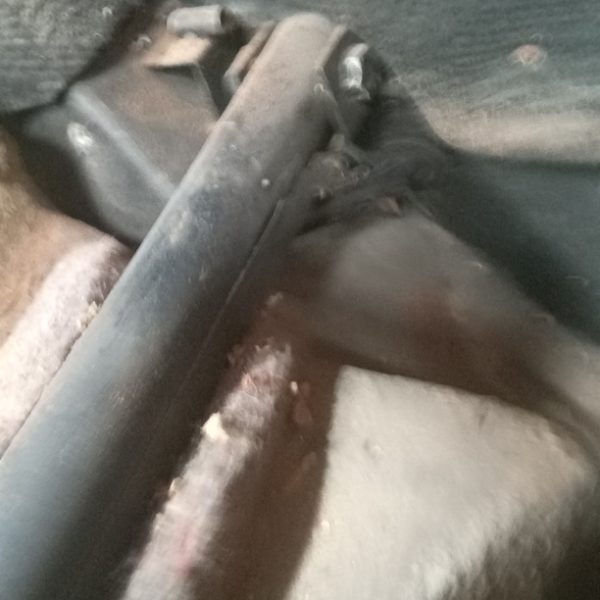

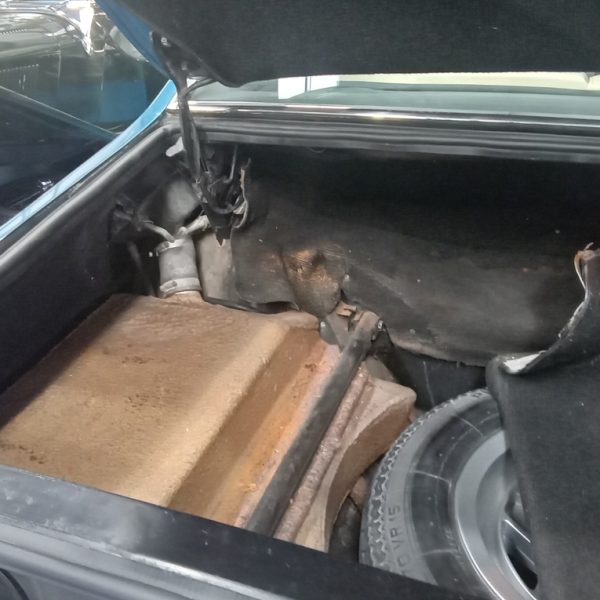
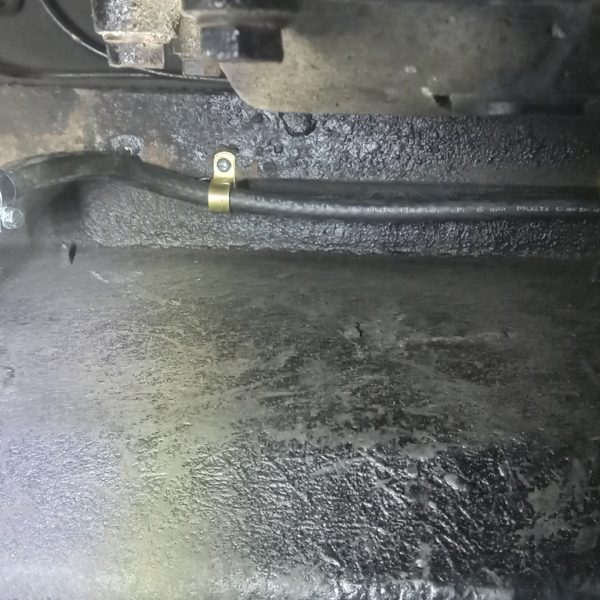
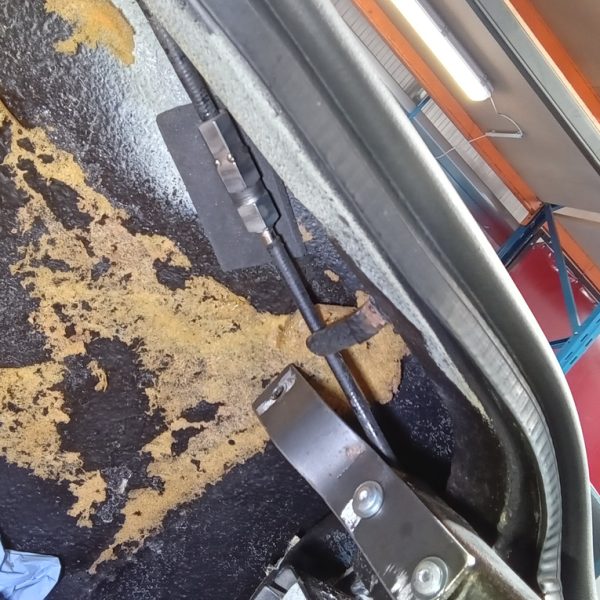
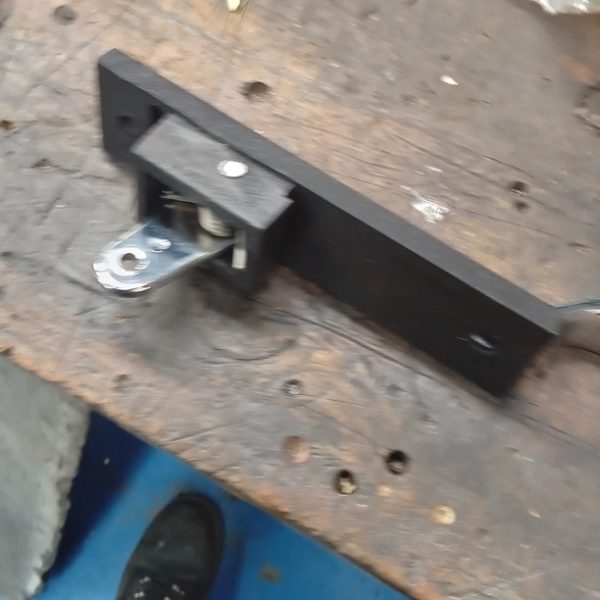
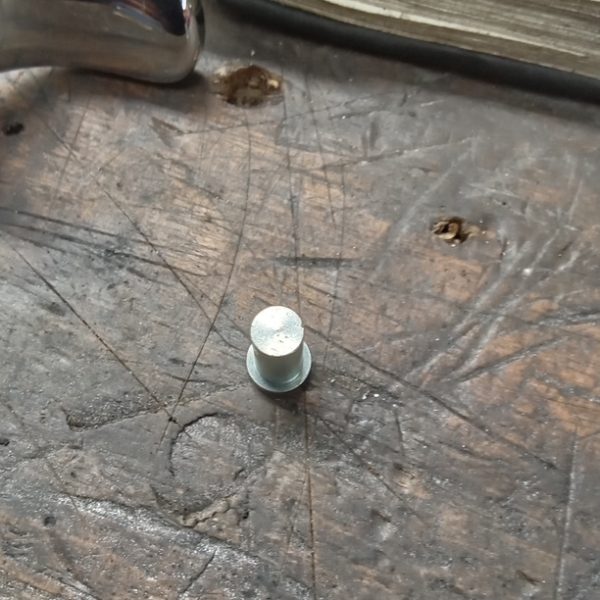
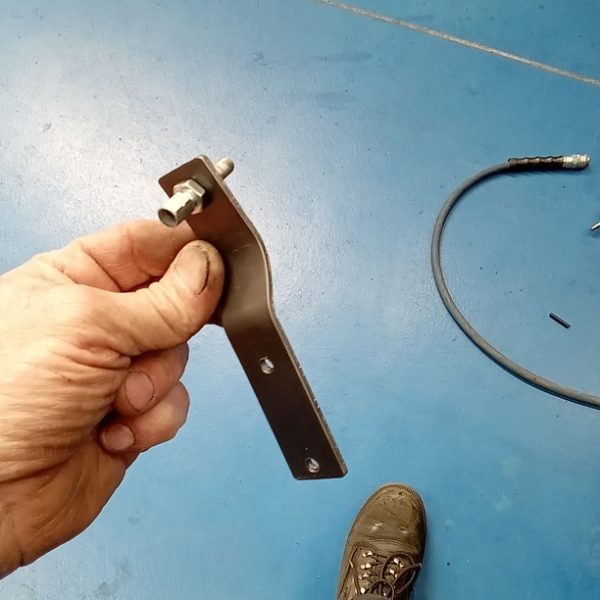
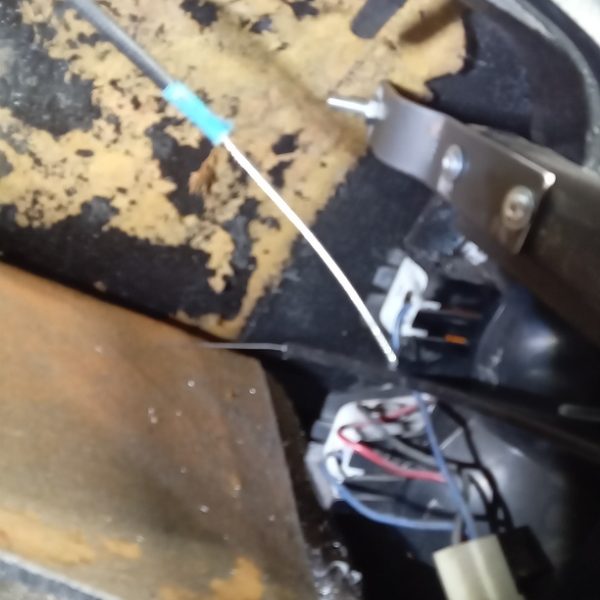
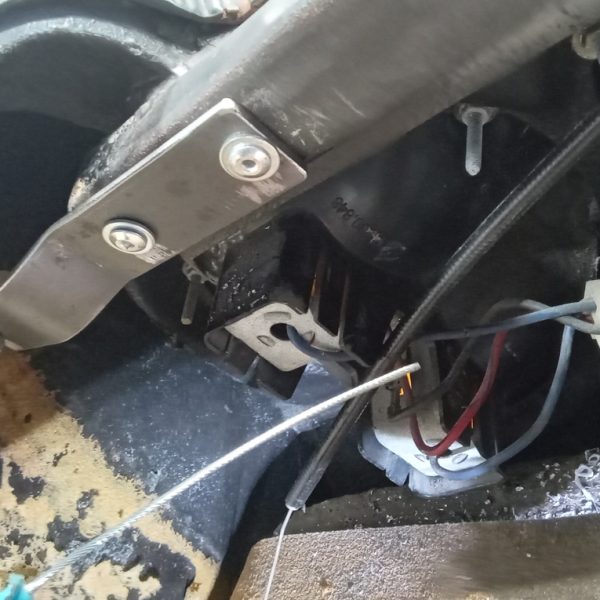
Group1, an industry leader in advanced battery technology, has developed the world’s first Potassium-ion battery (KIB) in cylindrical 18650 form. This development looks to be a viable solution for sustainable, efficient, and cost-effective energy storage that doesn’t require the use of critical minerals like nickel, cobalt, copper, and lithium. The KIB technology is designed to integrate smoothly into existing lithium-ion battery (LIB) manufacturing processes so could be widely used almost immediately.
A Milestone in Battery Technology
This new KIB battery was officially introduced at the 14th annual Beyond Lithium Conference at Oak Ridge National Laboratory. At this event, Group1 highlighted the evolution of the KIB from its early stages as a coin-cell to its current 18650 form, explaining the battery’s unique attributes and competitive advantages.
Advanced Materials and Performance
One of the key components of the KIB technology is Group1’s flagship product, Kristonite™, a specially engineered 4V cathode material in the Potassium Prussian White (KPW) class. Kristonite™ enables the KIB to deliver a superior balance of performance, safety, and cost compared to Lithium Iron Phosphate (LiFePO4) LIBs and Sodium-ion batteries (NIBs).
“We are excited to introduce the world’s first 18650 Potassium-ion battery. This innovation represents years of dedicated research and product development. By distributing samples to our partners among Tier 1 OEMs and cell manufacturers, we are paving the way for widespread adoption of this transformative technology.”
Alexander Girau, CEO of Group1
Technical Specifications and Advantages
The 18650 form factor is one of the most widely adopted cell formats globally, known for its reliability and compatibility. Group1’s KIBs use commercial graphite anodes, standard separators, and electrolyte formulations made from commercially available components. These batteries boast superior cycle life, excellent discharge capability, and operate at a nominal voltage of 3.7V. This first version of the product is performing better than expected. It has the ability to store a good amount of energy—about 160 to 180 watt-hours per kilogram (Wh/kg). This energy storage level is similar to what you would find in standard lithium iron phosphate (LFP) lithium-ion batteries (LIB), which are common types of batteries used in things like electric vehicles and electronics.
Pros and Cons of the KIB Technology
Pros:
Cons:
Group1 & KIB Moving Forward
By offering a sustainable, cost-effective, and high-performance alternative to traditional LIBs, KIBs could play a key role in the future of energy storage, particularly as the demand for environmentally friendly and resilient energy solutions continues to grow.
We use cookies to deliver the best possible experience whilst visiting our website. By clicking "Accept All", you consent to our use of cookies, or you can manage your preferences by clicking the link below. You can manage your preferences at any time from out Cookie Policy page.
Leave a Reply